Cretaceous-Paleogene Period
The Cretaceous-Paleogene (K-Pg) period, formerly known as the Cretaceous-Tertiary (K-T) period, is a geological time period that spans from approximately 145 million years ago to 66 million years ago. It is defined by a mass extinction event at the boundary between the Cretaceous and Paleogene periods, which resulted in the extinction of the dinosaurs and many other species.
Key Events and Features
- Mass Extinction: The K-Pg boundary is marked by a catastrophic event, most likely a meteorite impact, which led to the extinction of approximately 75% of all plant and animal species on Earth, including the dinosaurs.
- Geological Changes: The period saw significant geological changes, including the breakup of the supercontinent Pangaea and the formation of new continents and oceans.
- Evolutionary Impact: The extinction event at the end of the Cretaceous period paved the way for the rise of mammals and the eventual dominance of humans on Earth.
Study Guide
To study the Cretaceous-Paleogene period, consider focusing on the following key points:
- Learn about the major geological events that occurred during the Cretaceous and Paleogene periods, such as the breakup of Pangaea and the formation of new landmasses.
- Explore the evolution of plant and animal species during this time, including the rise of mammals and the extinction of dinosaurs.
- Understand the evidence for the mass extinction event at the K-Pg boundary, such as the discovery of iridium-rich layers and impact craters.
- Examine the impact of the K-Pg event on Earth's climate and ecosystems, and how it influenced the course of evolution.
- Consider the ongoing research and debates surrounding the causes of the mass extinction and its implications for the future of life on Earth.
By studying these key points, you can gain a deeper understanding of the Cretaceous-Paleogene period and its significance in the history of our planet.
.◂Science Worksheets and Study Guides Third Grade. Weather
Study Guide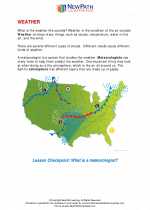 Weather
Weather  Worksheet/Answer key
Worksheet/Answer key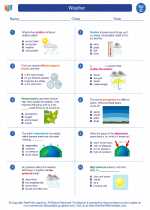 Weather
Weather  Worksheet/Answer key
Worksheet/Answer key Weather
Weather  Worksheet/Answer key
Worksheet/Answer key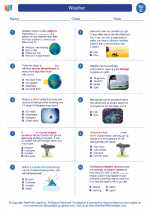 Weather
Weather  Vocabulary/Answer key
Vocabulary/Answer key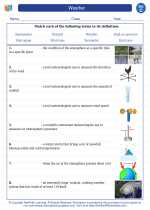 Weather
Weather  Vocabulary/Answer key
Vocabulary/Answer key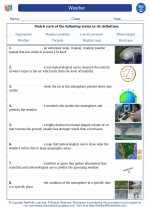 Weather
Weather 

 Worksheet/Answer key
Worksheet/Answer key
 Worksheet/Answer key
Worksheet/Answer key
 Worksheet/Answer key
Worksheet/Answer key
 Vocabulary/Answer key
Vocabulary/Answer key
 Vocabulary/Answer key
Vocabulary/Answer key

The resources above cover the following skills:
EARTH AND SPACE SCIENCE (NGSS)
Earth’s Systems
Students who demonstrate understanding can:
Represent data in tables and graphical displays to describe typical weather conditions expected during a particular season.